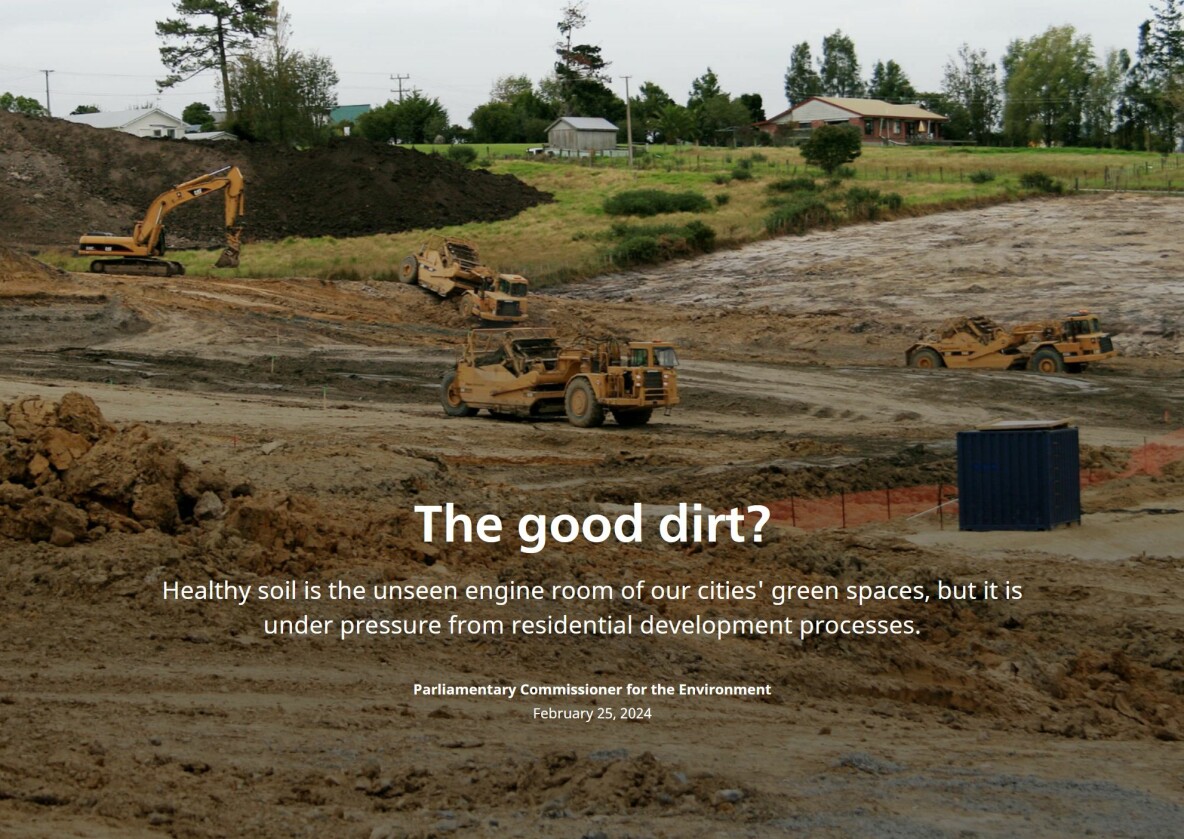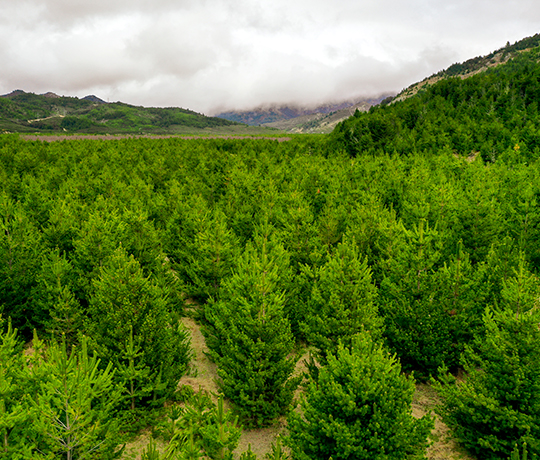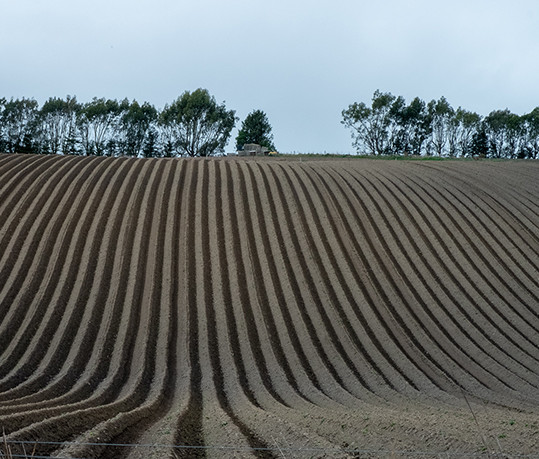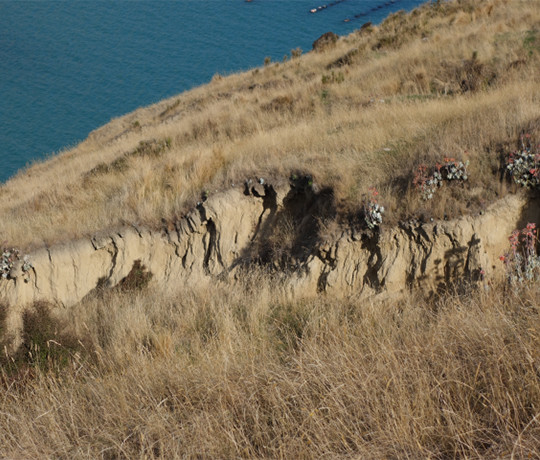Why bother about soils?
'There can be no life without soil and no soil without life.'
Charles E. Kellogg (1902–1980), soil scientist and Chief of the United States Department of Agriculture’s Bureau of Chemistry and Soils.
A life without soil
A life without soil is impossible for us. But which 'roles' do soils actually play, and what do we gain from it all?
Here is a little thought experiment: Imagine what would happen if we suddenly lost all the soil in the world and everything it contains. Just consider the consequences:
- Food – agricultural production would become impossible. Plants would stop growing. Fields around the globe would remain bare and animals would die, and the supermarket shelves would soon be empty.
- Water – rainwater would not be filtered. Groundwater reservoirs would not recharge, and heavy floods would occur. The global water cycle would be disrupted.
- Biodiversity – above- and below-ground flora and fauna would dramatically decline. In fact, the globe would face a new mass extinction.
- Fibre – wood, bricks and other manufacturing materials would run out, with effects on industrial production and energy generation. A large part of the world would lose its livelihood.
- Archives – soil remembers its past, and a fair bit of natural and human history would disappear if soils no longer kept a record.
We probably have to admit that life without soil is impossible. Human well-being depends on the link between soil and the environment. This thought experiment was, of course, painted in extremes. Soil is not suddenly going to disappear.
However, the present state of soil is increasingly far from normal: human pressures on soil resources have reached critical limits. Soils are altered and polluted. Some of them have already disappeared or are just about to wave a last goodbye. Processes that degrade soil occur all around the globe, silently and often without public outcry.
Each year, unsustainable land management around the globe is responsible for around 24 billion tonnes of fertile soil being contaminated, washed off the land or blown away by the wind1. The loss of soil decreases the ability of landscapes to function, and it costs us millions of dollars. In New Zealand, soil erosion and landslides sweep away an estimated $250 to $300 million each year2 – equivalent to 192 million tonnes of fertile soil3.
The assessment of soil threats requires a basic understanding of how soil itself functions. In soil science, two approaches are commonly used for this exercise: the concept of soil functions and the framework of soil ecosystem services. Both approaches unscramble the properties and capabilities, functions and services that soil provides, and add value to a resource that is about to slowly disappear.
A storymap produced by the Parliamentary Commissioner for the Environment
The good dirt? On the importance of urban soils

1 Bartz et al. (2015). Soil Atlas 2015 - Facts and figures about earth, land and fields. Heinrich Boell Foundation. Institute for Advanced Sustainability Studies. Potsdam, Germany. 4th edition.
2 https://www.nzherald.co.nz/nz/news/article.cfm?c_id=1&objectid=12035548
3 Ministry for the Environment & Stats NZ (2018). New Zealand’s Environmental Reporting Series: Our land 2018.


